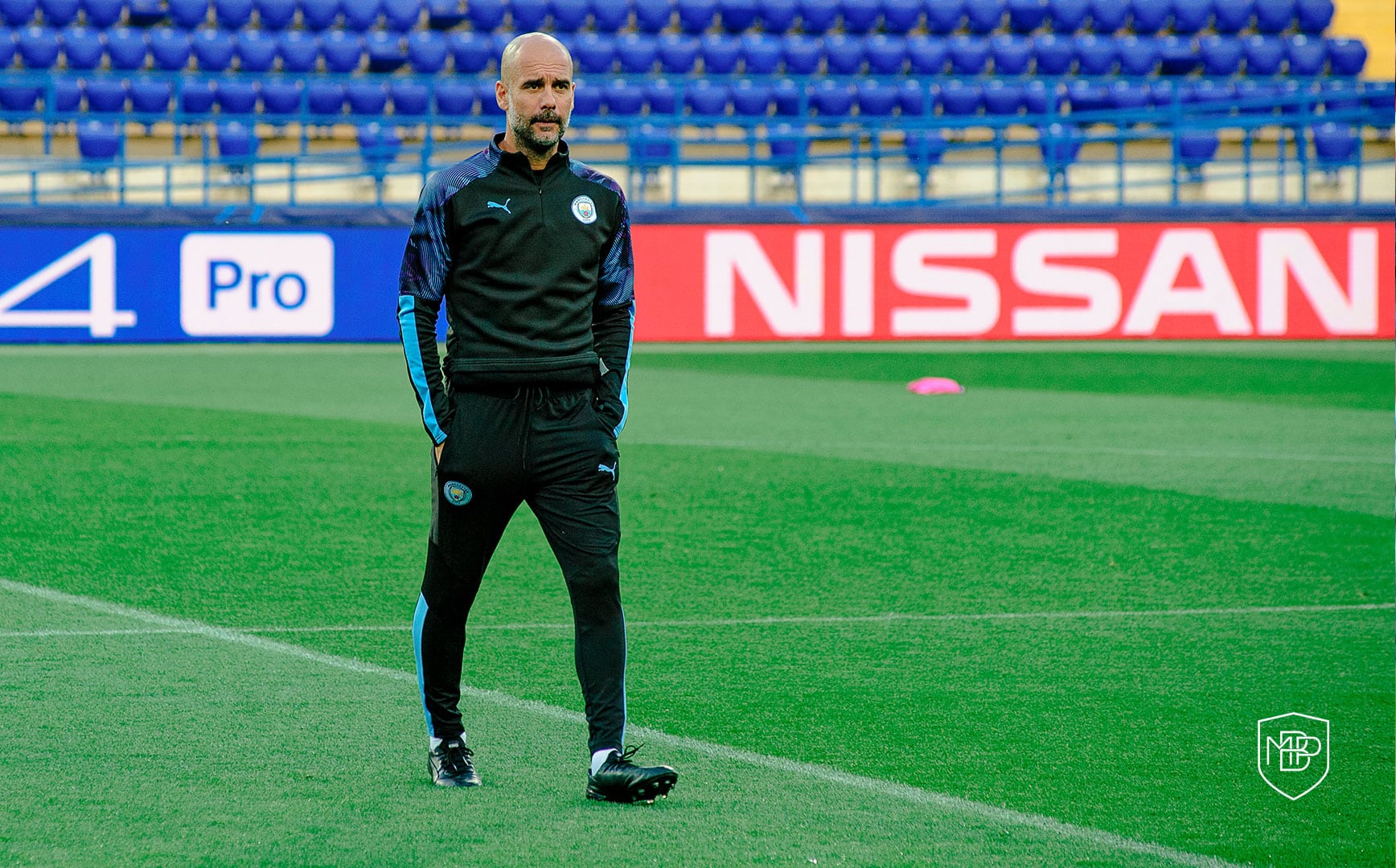Positional games (PG) are one of the most widely used didactic strategies (DS) in the high-performance stage. They aim to work in a context close to reality, thereby offering the player an experience close to the real match.
Within the MBP methodology, we define a series of items that we consider decisive in the creation of these types of tasks, and which in turn, the coach should reflect on when designing them.
-
Which content of a given point in the game do we want to work on?
The positional games make it possible for all the moments of the game to appear, which give us a very high level of specificity. From here, the coach must be able to replicate the context of the selected moment of the game and favour the appearance of the content to be trained.
However, the PGs greatly favour the improvement of the attacking phase. They allow the player and/or team to identify the advantages that occur during the game. In addition, they guarantee the improvement of the roles in the spaces of intervention and mutual support.
-
What are the benefits and disadvantages of using positional games?
As with all didactic strategies, the PGs has a number of pros and cons to take into account. These should be considered by the coach in the preparation of the session with respect to the content to be trained.
Looking more closely at the advantages, one of the most important ones is the improvement in the rational occupation of space and the behaviour of the players in intervention. Being a DS that favours the attacking phase, it facilitates concepts such as the double P (possession + position) and ball circulation strategies.
Regarding the disadvantages, the most significant is the impossibility of carrying out behaviours of players located in the cooperation spaces, as the dimensions to be used will be mainly reduced (with the exception of real positional games).
Moreover, as we often work with attacking neutrals, the work on defensive concepts will always be subject to numerical inferiority. This will make it difficult to train certain behaviours.
-
What technical/tactical concepts will emerge through training positional games?
All didactic strategies indirectly foster the development of a series of concepts. These will appear regardless of the main content to be worked on during training.
In this case, the PGs facilitate the appearance of a series of attacking elements such as: the creation of passing lines at different heights, the concept of fixing, passing and generating numerical superiority, the appearance of the ‘free player’ as the third man, or the appearance of intervals through width and depth. In addition, in the PGs, we will be able to work on specific fundamentals of the game, as well as aspects of the Game Model.
All of them will appear depending on how the coach designs the task. The coach will have to consider which concepts they want to promote to a greater extent than the rest.
-
Which type of Positional Game should I use?
In contrast to other didactic strategies, there are different types of formats within the PG. Depending on the type of game that is prioritised and how it is conditioned, the way of training the content will be totally different.
At MBP, we differentiate the positional games into the following 5 types:
- Positional Game of Advantages
- Reduced Positional Game
- Bidirectional Positional Game
- Unidirectional Positional Game
- Real Positional Game
Each of them will have specific characteristics different from the others. These will be: number of players to use, space, use of neutrals, or block of content to be trained.
Conclusion
Positional games are a very useful type of task to train concepts related to real match situations in terms of how we want to play the game. As we have described during the article, the coach must take into account a series of items in the implementation and design of the didactic strategy.
Finally, we have attached an example of a real positional game to work on the playing principle ‘find the free player inside the pockets with an advantageous situation that allows them to make a pass to the finishing zone’. This refers to our attacking phase in the final 3rd.







